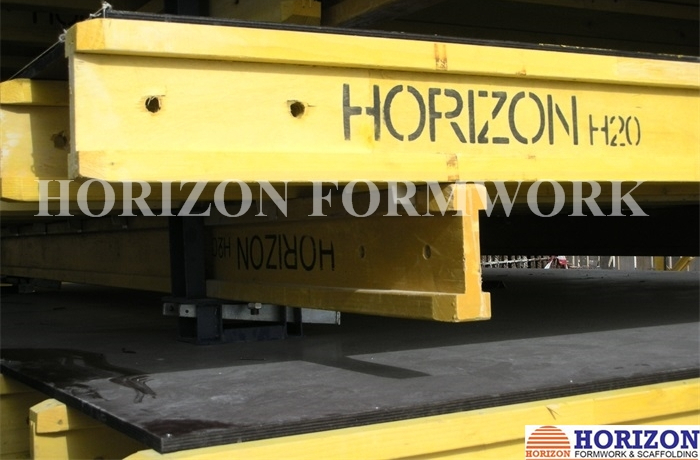Aug . 08, 2024 06:00 Back to list
Leading Manufacturer of Innovative Flying Table Formwork Solutions for Construction Projects
The Evolution and Benefits of Flying Table Formwork A Comprehensive Overview
In the realm of modern construction, efficiency and innovation play pivotal roles in determining project success. Among various advancements, flying table formwork has emerged as a game-changing solution, especially in high-rise building projects. This specialized formwork system not only enhances productivity but also offers a unique approach to concrete placement and structural integrity.
Understanding Flying Table Formwork
Flying table formwork is a construction technique that utilizes large prefabricated tables to support slabs during the pouring and curing of concrete. These tables are designed to be lightweight yet sturdy, allowing them to be easily transported and repositioned across the site. Unlike traditional formwork systems, which can be cumbersome and time-consuming to install and dismantle, flying table systems facilitate rapid cycles of construction, effectively reducing labor costs and boosting project timelines.
Key Advantages
1. Increased Productivity One of the primary benefits of flying table formwork is its ability to accelerate the construction process. The system allows for multiple slabs to be poured in quick succession, significantly minimizing downtime. This is particularly beneficial in large-scale projects where time is of the essence.
2. Enhanced Safety Safety is a major concern on construction sites. Flying table formwork reduces the need for workers to be suspended at great heights, as the tables are generally positioned at a safer level. Moreover, the design of the tables ensures that workers can carry out their tasks with greater stability and less risk of accidents.
flying table formwork manufacturer

3. Cost Efficiency Although the initial investment in flying table formwork may be higher than traditional methods, the overall cost savings in labor and reduced construction time can be substantial. Faster project completion enables companies to save on overhead costs and start new projects sooner.
4. Improved Concrete Quality The precision of flying table formwork leads to high-quality finishes and structural integrity. The formwork is engineered to provide uniform support, which minimizes the risk of defects in the cured concrete. This is vital for buildings that require strict adherence to quality standards.
5. Versatility Flying table formwork can be adapted for various types of structures, including residential, commercial, and industrial buildings. Its ability to accommodate different designs makes it a valuable tool for architects and engineers aiming for innovative constructions.
6. Eco-Friendly Practices As the construction industry increasingly prioritizes sustainability, the flying table formwork system also brings environmental benefits. The efficient use of materials reduces waste, while the quicker construction times decrease the carbon footprint associated with prolonged building projects.
The Future of Flying Table Formwork
As technology continues to evolve, so too will the capabilities of flying table formwork. Innovations such as smart technology integration, including sensors and automated systems, promise to further enhance the efficiency and precision of construction. Manufacturers are likely to focus on developing lighter materials and more flexible designs that can accommodate diverse architectural needs.
In conclusion, the flying table formwork system stands out as a testament to the strides made in construction technology. Its ability to improve productivity while prioritizing safety and quality makes it an invaluable asset in the industry. As more builders recognize the advantages of this innovative system, we can expect to see a growing trend in its adoption, shaping the future of how we approach high-rise construction and beyond. The role of flying table formwork manufacturers will be crucial in driving this transformation, as they continue to refine and enhance their offerings in response to the evolving demands of the construction sector.
-
China Single-Sided Wall Formwork: High-Efficiency Design
NewsJul.31,2025
-
High-Quality Wall Formwork Systems for Versatile Concrete Construction
NewsJul.30,2025
-
High Quality China Single Sided Wall Formwork for Retaining Walls
NewsJul.30,2025
-
China Single Sided Wall Formwork Manufacturer for Retaining Walls
NewsJul.29,2025
-
High-Quality Scaffolding Jacks for Stable and Safe Support
NewsJul.29,2025
-
Adjustable Heavy Duty Props for Slab Formwork – Reliable Support Solutions
NewsJul.29,2025